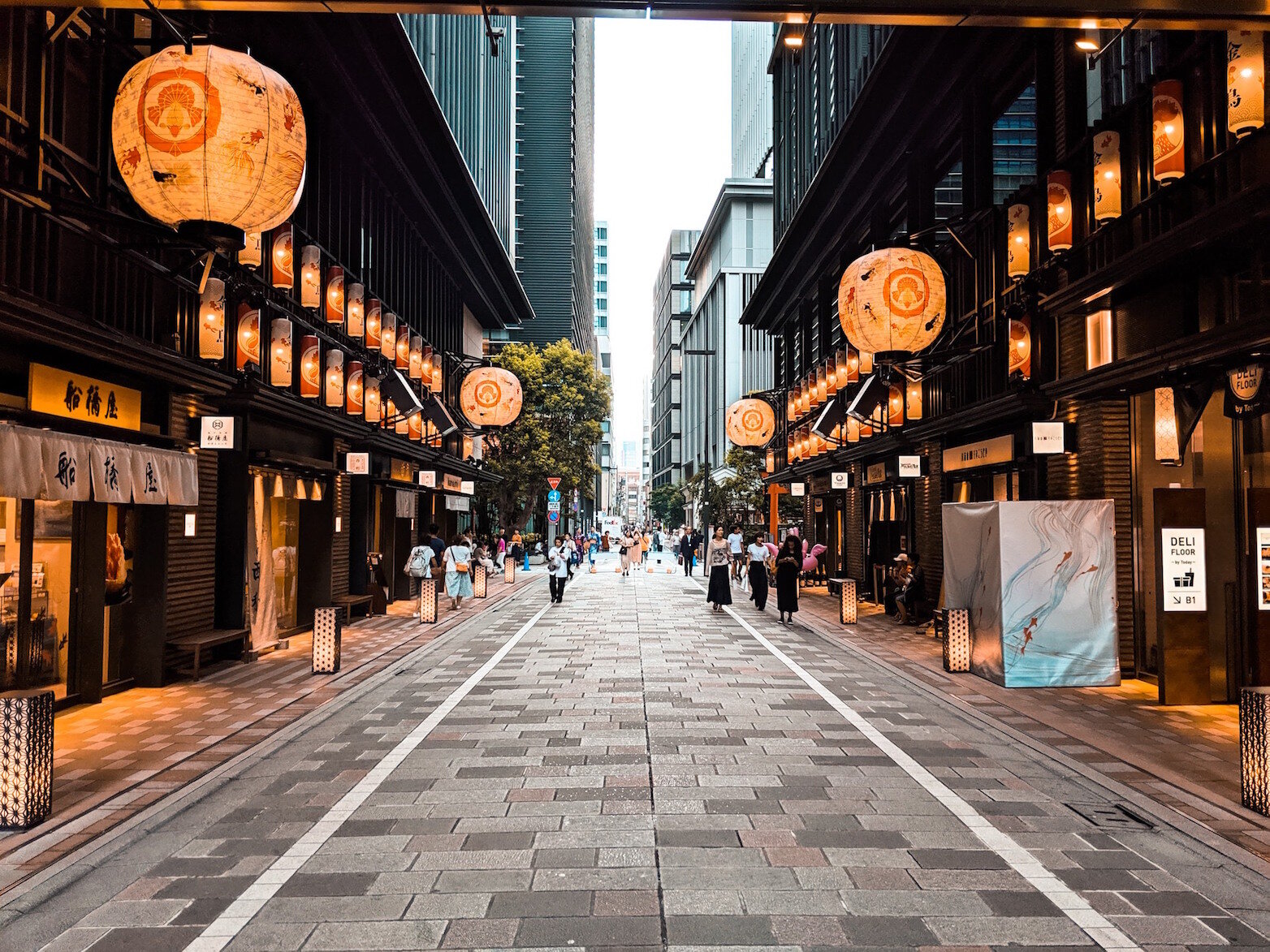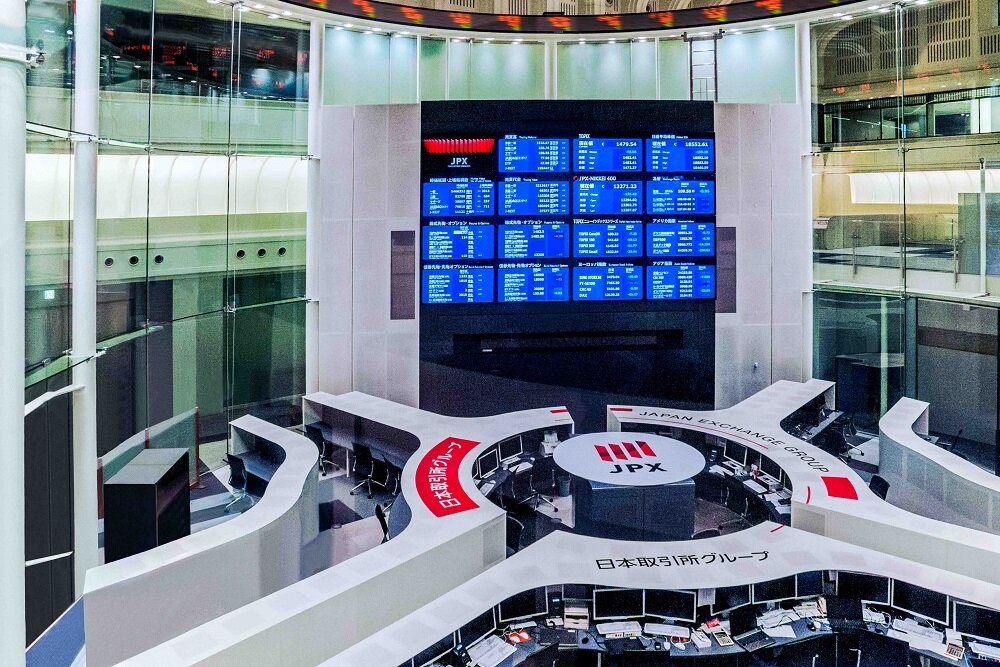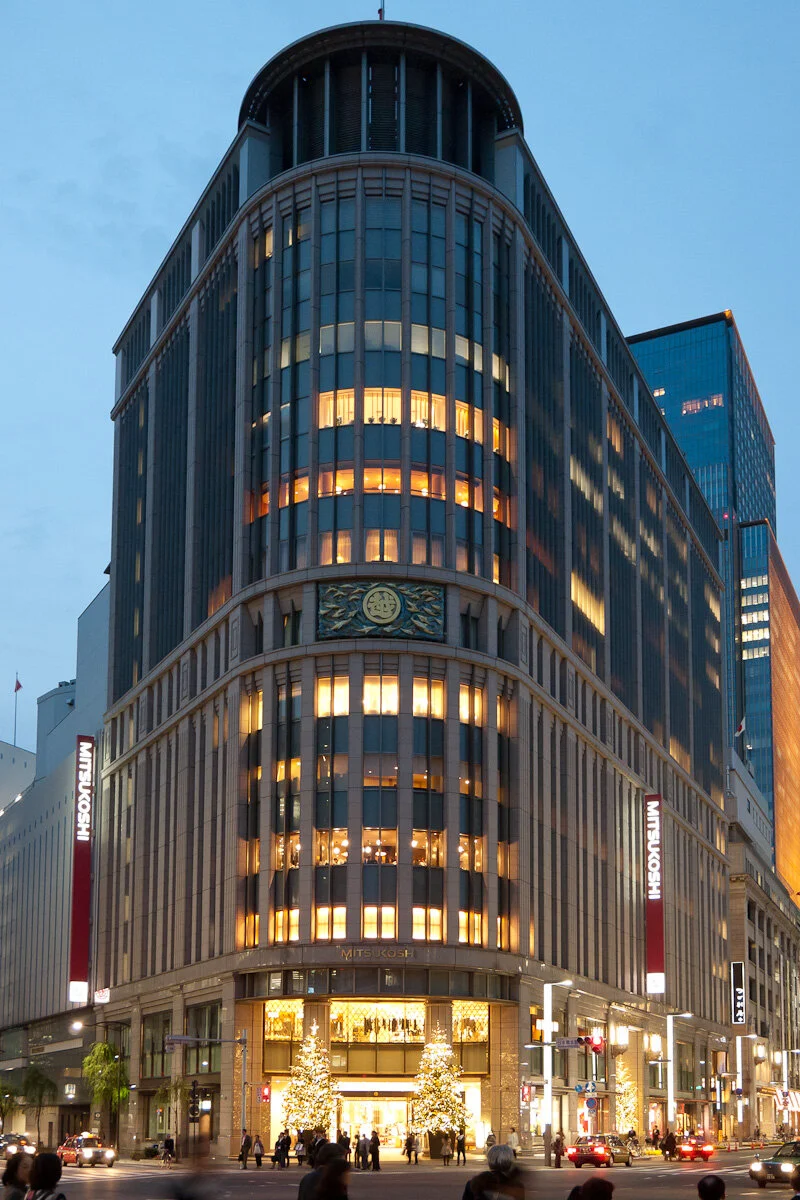Many lay claim to be at the center of Tokyo, but in the case of COREDO Muromachi it really is true. A short distance from COREDO Muromachi complex is the Nihonbashi Bridge, known as kilometer zero of Japan’s highway system. Since the Edo Period (1603–1867), this has been the starting point from which all distances to and from Tokyo are measured. In fact, this is where the name COREDO comes from. A combination of the English word “core” and Edo, the former name of Tokyo, COREDO means that we are located at the traditional heart of business and culture.
Drawing on that history while looking to the future, the complex mixes old and new to deliver not only the best Made-in-Japan goods, accessories, and interiors but also incredible cultural experiences, such as tea ceremony, kimono wearing, crafting classes, geisha entertainment, and culinary tours. These cultural experiences can be easily arranged through the Nihonbashi Information Center, located on the B1 floor of COREDO Muromachi 1 and accessed directly from Mitsukoshi-mae Station on the Ginza Line
Long-established stores with histories spanning more than 100 years sit alongside newcomers in this multi-building complex. Combined, the COREDO Muromachi complex—brimming over with things to explore and enjoy—put you at the center of Tokyo and is the starting point for your exploration of Japanese culture. Forget time and relax—in the past, present, and future. We’re waiting for you at COREDO Muromachi.
Address: 2 Chome-2-1 Nihonbashimuromachi, Chuo City, Tokyo 103-0022, Japan
Hours: 11am - 10pm
Website: https://mitsui-shopping-park.com/urban/coredo-muromachi/e/
How to get there: A 3 minute walk from Nihonbashi Station, Exit B12 on the Ginza Line or direct access from Mitsukoshimae Station on the Ginza Line.













